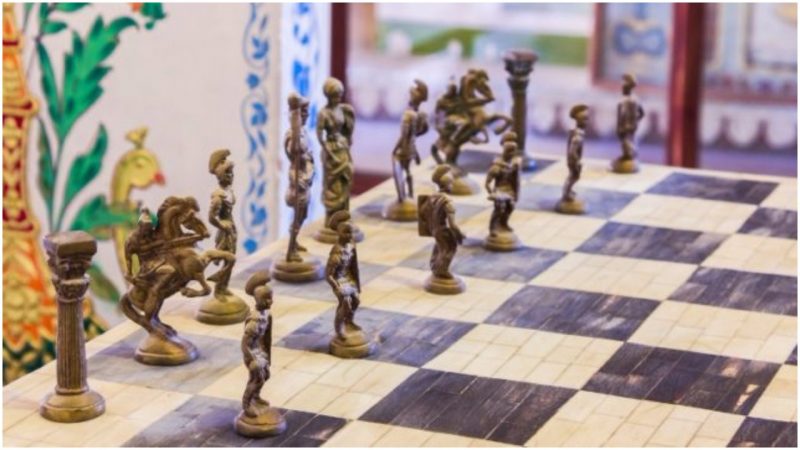Chess is perhaps the most respected game of wits ever invented. Often played by people of great intellect, it was present in late medieval courts, adored among kings and noblemen alike.
The knowledge of chess reaches far into the past, as famous players measured their skills against present and past masters, garnering fan bases and writing about their accomplishments or the legendary moves they invented in order to outsmart opponents.
The origin of chess remains a subject of debate to this day, with many myths surrounding the game, giving it a somewhat mystic, almost religious dimension.
There are legends claiming that the game was invented by King Solomon himself, or that it was given to the people by the Greek god Hermes, the messenger-god of Mount Olympus. Some more down-to-earth theories include chess being created by an army commander of the Chinese Empire, a Mandarin called Hansing, in 1st century BC as a way to entertain his troops while they were camped over the winter.
There is, of course, the version of the story that is considered most plausible―chess was invented in India, somewhere between the 5th and the 7th century AD.
Played on a black and white board consisting of 64 squares, known as the chessboard, the game itself bears an endless string of possibilities―a trait that made it immune to drastic change for centuries.
But there were differences. The figures known as Rook, Queen, and Bishop were once a Chariot, a General, and an Elephant.

This ancient predecessor of chess was called chaturanga. The word in Sanskrit is translatable into several meanings, encompassing its military-strategic nature―four divisions, or four limbs, or simply a word signifying “an army.”
The meaning of the word relates to the organizational structure of an army of the Gupta Empire, which was a realm covering much of the Indian subcontinent in a period between 320 and 550 AD.
Traditionally, the Gupta army was divided into infantry, cavalry, elephants, and chariots. Hence the long-lost names of the figures. Also, the battle formation typical for the Indian subcontinent in ancient times was reflected on the board, as the four elements were placed just like on a real battlefield.
Chaturanga itself was derived from an earlier form of a board game invented in China, but a lot remains unknown about the initial version of the popular past-time, played among the royalty of ancient Eastern empires.
It is also believed that chaturanga might be the predecessor of several other board games that were developed in China, Korea, and Central Asia.
The chaturanga board wasn’t checkered, unlike its younger successor, but still consisted 64 fields. It bore a special name―ashtapada―which soon became a byword, used equally as chaturanga to refer to the board game.

Ancient ashtapada boards had certain markings, but historians argue to this day over whether the markings had a functional role in chaturanga, or were there simply for decorative purposes. Chess
scholar H. J. R. Murray, who was the first to discover the origins of chess in India, offered an explanation for the strange markings on the ashtapada board.
As a matter of fact, the board dates before the game was invented, as it was used to play a race-type board game which relied on the use of dice for movement. The older game made use of the mysterious markings on the board, while chaturanga only kept them as a tradition.
The game found its way to Persia and it was first mentioned there in the year 600 A.D. This was where it adopted the name “shah,” after the Persian ruling title, while the word for checkmate, which remains the final objective of the game today, can be translated from Persian as “the king is dead.” Shah would transcribe into chess in English, while the Slavic version, as well as German and many other, kept the original Persian word.
The date of the evolution of chaturanga to chess is largely unknown, but somewhere around 600 AD, the board game was already featuring more resemblance to the modern version.
Further on, the game was popular among Arabic merchants, who carried it to Europe through their North African trade routes. From Spain, chess spread out all across Europe, reaching the very north of Russia.
As the oldest board game to preserve its popularity, chess has founded the basis for many mathematical problems and computer programs which tried to simulate the game in order to overcome the seemingly infinite array of possibilities in terms of moves and options.
For many, chess is much more than a game―it is as if somehow the checkered board holds the secrets of an abstract world, one where problems and solutions intervene to form something new and unexplained.
